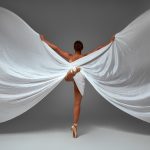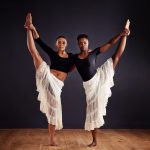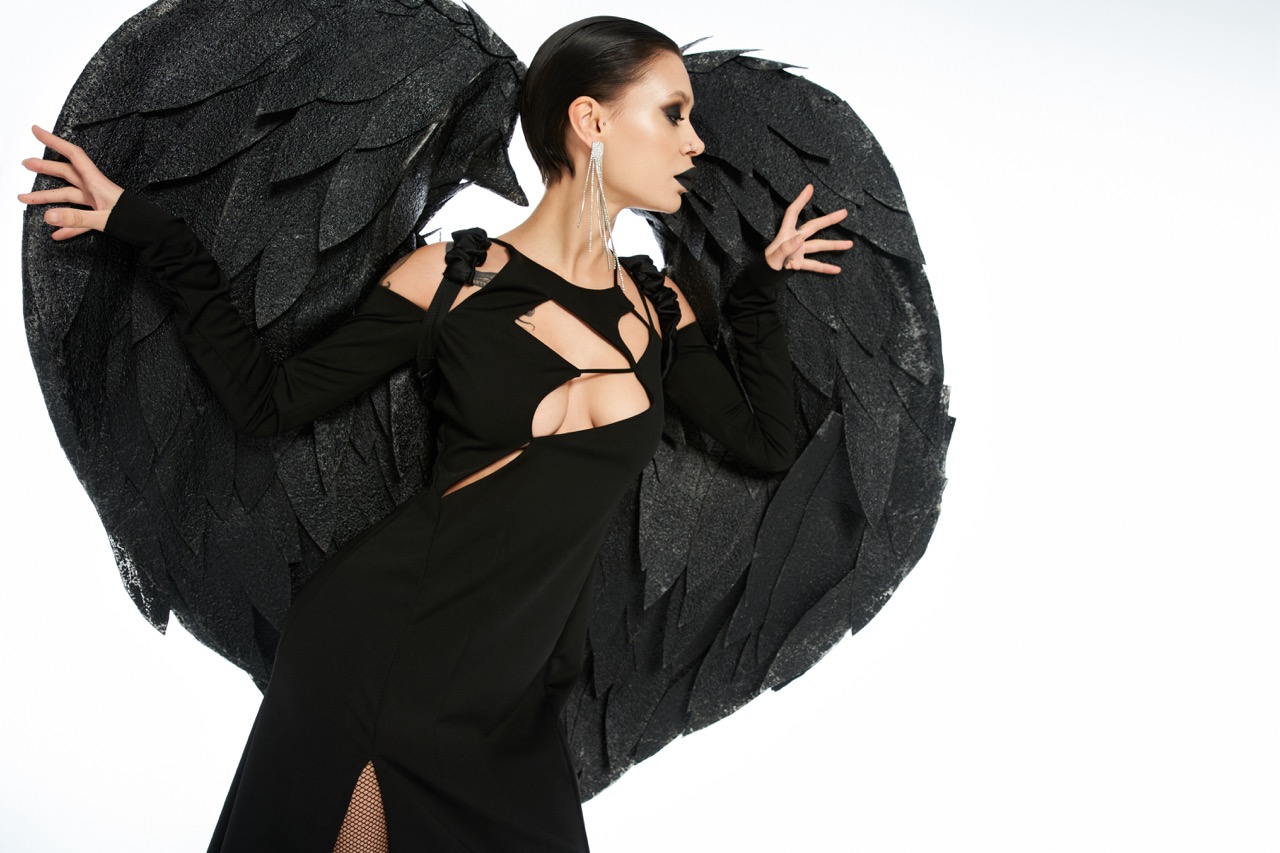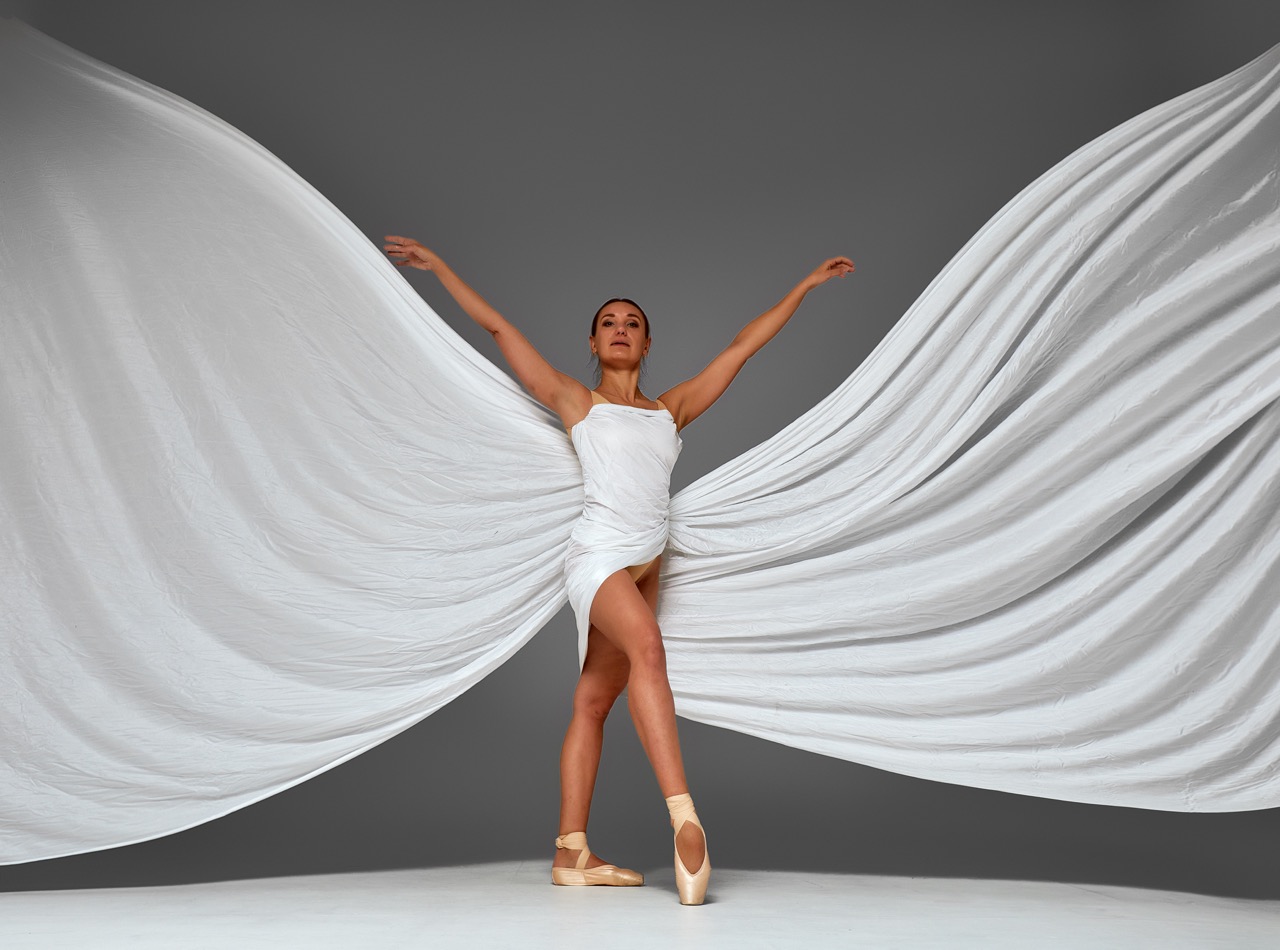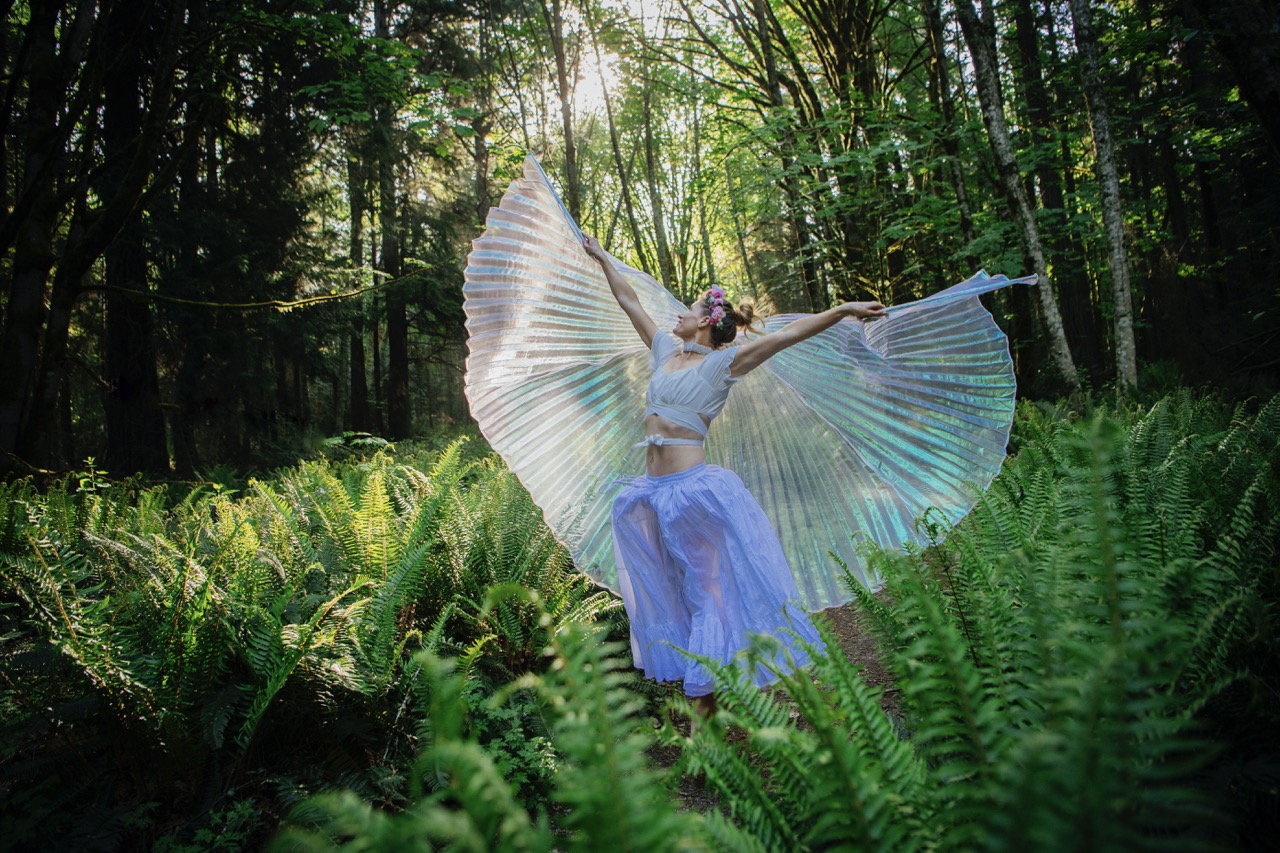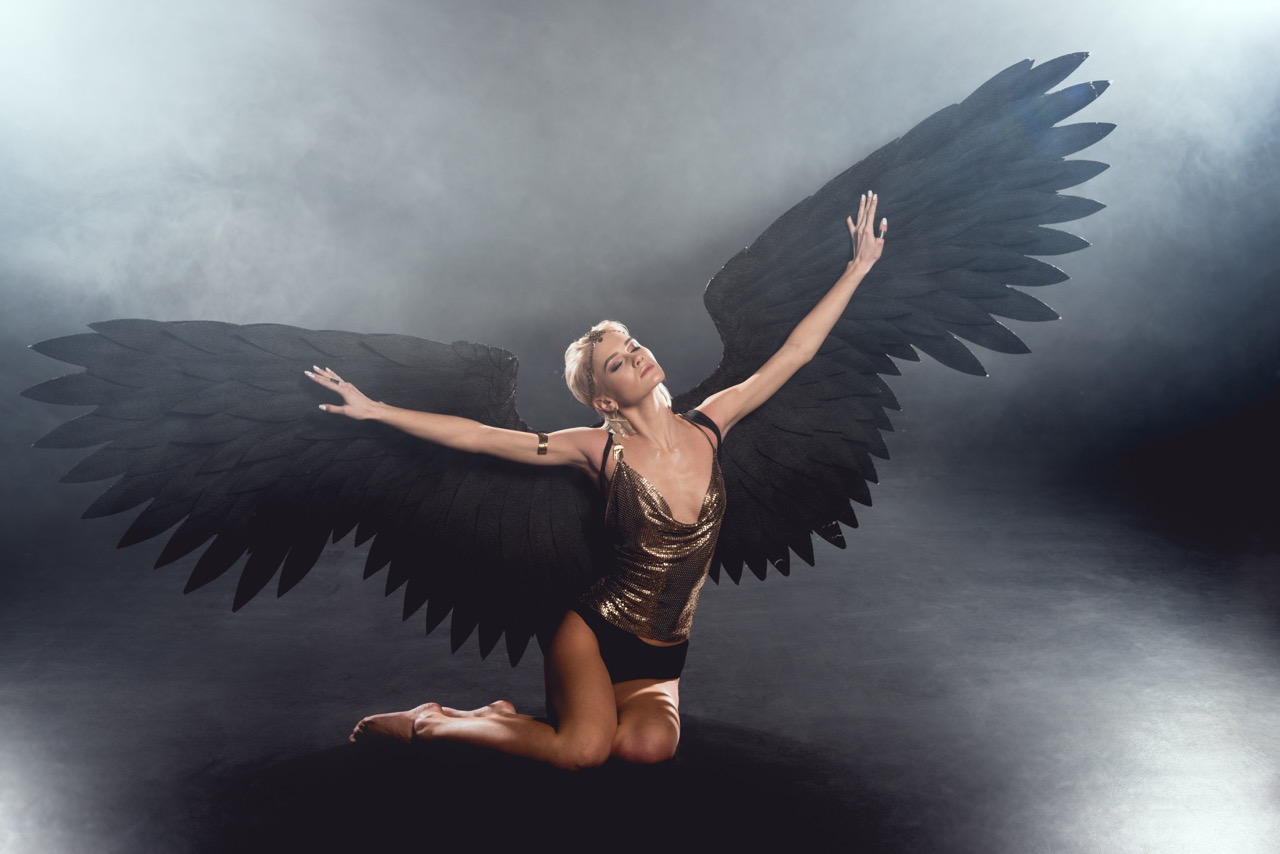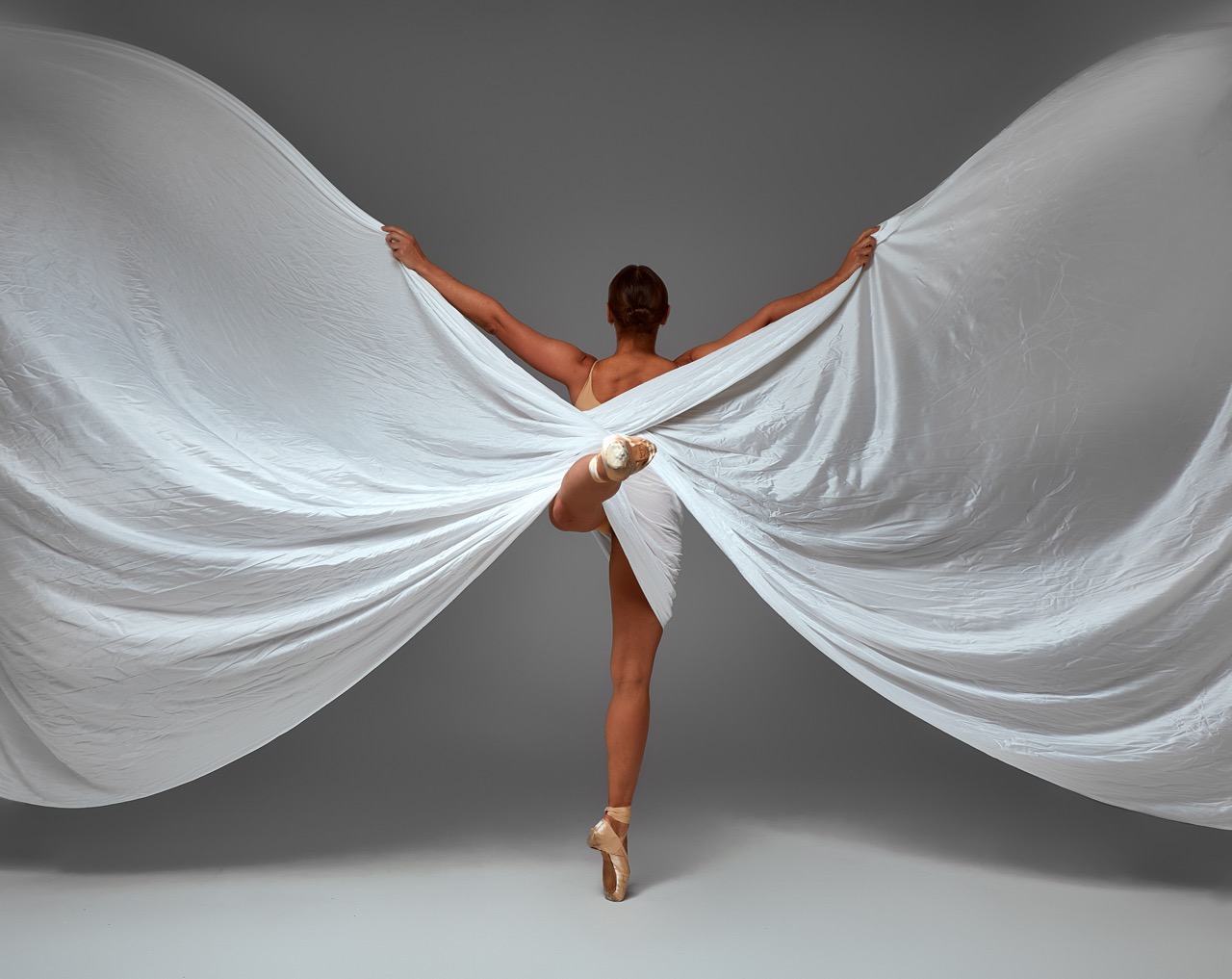In the world of dance, few elements capture the imagination quite like dance wings. These vibrant, flowing extensions of fabric transform dancers into ethereal beings, enchanting audiences and drawing them into a world of beauty and movement. Featured prominently in global dance festivals, dance wings not only serve as a visual spectacle but also embody a rich tapestry of cultural expressions. This article delves into the multifaceted role of dance wings, showcasing their aesthetic appeal, the diversity they represent across various festivals, and the future innovations that continue to bridge tradition with contemporary artistic expression.
The Enchantment of Dance Wings: A Cultural Showcase
Dance wings have long been associated with a variety of cultural and spiritual practices around the world. Originating from ancient traditions, they have evolved into a mesmerizing art form that not only showcases the dancer’s skill but also the cultural narratives behind the movements. For instance, in Middle Eastern dance, the use of wings often symbolizes liberation and femininity, while in various Indigenous communities, they may represent a connection to nature and the elements. Each flutter and wave of the fabric tells a story, inviting the audience to explore the rich histories and meanings woven into the art form.
As global dance festivals celebrate cultural diversity, dance wings have emerged as a medium through which these stories can be shared. Events like the Edinburgh Festival Fringe and the World Dance Alliance showcase a plethora of styles that incorporate dance wings, allowing dancers to connect with a worldwide audience. These festivals provide a platform for artists from different backgrounds to present their interpretations of dance wings, highlighting the unique cultural significance of this expressive medium. Each performance is a celebration of heritage, drawing from traditional practices while also embracing contemporary influences.
Moreover, the enchanting nature of dance wings captivates not only the audience but also the performers. The sensation of movement they create, combined with the visual impact of vibrant colors and intricate designs, adds an extra layer of emotion to performances. Dancers often describe wearing wings as a form of empowerment, allowing them to embody the characters or themes they portray fully. The cultural showcase that dance wings provide opens a dialogue about identity, story, and the universal language of movement, fostering a deeper appreciation for diverse artistic expressions.
From Stage to Sky: The Aesthetic Appeal of Dance Wings
The aesthetic appeal of dance wings is undeniable, as they create a stunning visual tableau during performances. When dancers glide across the stage or perform in open-air festivals, the fabric flows and undulates, simulating the sensation of flight. The interplay of light and shadow on the wings adds depth and dimension, making each performance a sensory feast. Audiences are often mesmerized by the way dance wings accentuate movements, transforming simple gestures into powerful expressions of art.
In addition to their visual allure, dance wings can be meticulously designed to align with the themes or cultural contexts of performances. Designers often draw inspiration from nature, mythology, or traditional garments, creating wings that resonate with the audience’s emotions and visual expectations. The selection of colors, patterns, and materials can evoke a range of feelings, from joy and freedom to mystery and elegance. This artistic consideration elevates dance wings beyond mere accessories; they become essential components of the narrative, seamlessly integrated into the choreography.
Moreover, the dynamic movement of dance wings creates an immersive experience for both the performer and the audience. As the dancer spins and twirls, the wings catch the air, creating a visual spectacle that enhances the impact of the choreography. This elegant movement serves to engage the audience, drawing them into the performance and enhancing their emotional connection to the art. In this way, dance wings don’t just adorn; they transform the dance into a living, breathing expression of beauty and artistry.
Celebrating Diversity: Dance Wings Across Global Festivals
Dance wings are featured prominently in festivals around the world, each showcasing the richness of diverse cultural expressions. In Brazil, for instance, dance wings are often seen in samba performances during Carnival, where the fusion of rhythm, color, and movement creates a celebration of life and unity. The sheer vibrancy of the wings mirrors the festive atmosphere, inviting audiences to join in the revelry and cultural pride that defines this iconic event. Similarly, in Indian classical dance forms, such as Bharatanatyam, dance wings represent grace and elegance, enhancing the storytelling aspect of the performance.
The global celebration of dance wings also fosters cross-cultural exchanges that enrich the dance community. Festivals such as the International Dance Festival in Singapore and the Adelaide Festival in Australia highlight a variety of dance forms that incorporate wings, bringing together artists from different cultures to share their unique interpretations. This melting pot of creativity encourages collaboration and innovation, allowing dancers to experiment with new techniques and styles while paying homage to tradition. Audiences benefit from this exchange, as they witness the evolution of dance as a living art form that transcends borders and cultural divides.
Furthermore, the showcasing of dance wings in various festivals emphasizes the importance of inclusivity within the dance community. By providing a platform for underrepresented voices and styles, these events celebrate the rich tapestry of cultural heritage and the shared human experience. This focus on diversity not only enriches the performances but also fosters a sense of belonging among dancers and audiences alike. As global festivals continue to embrace the beauty of dance wings, they remind us that art has the power to unite and inspire, transcending geographical boundaries and bringing people together in celebration.
The Future of Dance Wings: Innovation Meets Tradition
As dance continues to evolve, the future of dance wings is characterized by an exciting fusion of innovation and tradition. Contemporary designers and choreographers are reimagining how dance wings can be used, experimenting with materials, mechanics, and technology to create new forms of expression. For instance, some artists are incorporating LED lights into their wings, allowing for stunning visual effects that can change with the rhythm of the music or the mood of the performance. This integration of technology adds a modern twist while preserving the original spirit of dance wings as symbolic elements of storytelling and cultural expression.
Moreover, the evolution of dance wings reflects broader societal changes and a growing awareness of sustainability. Designers are increasingly turning to eco-friendly materials, creating wings that not only look beautiful but also honor the environment. This commitment to sustainability resonates with contemporary audiences, who are more conscious of the ecological impact of the arts. By blending traditional artistry with innovative practices, dancers and designers can continue to honor age-old customs while adapting to the modern landscape of performance art.
In addition to material innovation, the choreography surrounding dance wings is also evolving. Traditional movements are being blended with contemporary styles, creating fresh narratives and expanding the artistic vocabulary of dance. As performers experiment with different techniques, the range of emotions and stories conveyed through dance wings grows richer and more diverse. This ongoing dialogue between tradition and innovation ensures that dance wings will continue to captivate audiences for years to come while remaining a vital part of the global dance narrative.
Dance wings are more than just an ornamental aspect of performance; they are an integral part of the cultural storytelling that spans the globe. From their enchanting presence in festivals to their evolution through innovation and tradition, dance wings symbolize a bridge between the past and the future. As we celebrate the beauty of diversity in dance, it is clear that these stunning creations will continue to inspire artists and audiences alike, reminding us of the power of movement and the stories that reside within each flutter and wave. In the world of dance, wings represent not only artistry but also connection, community, and the endless possibilities of creative expression.



